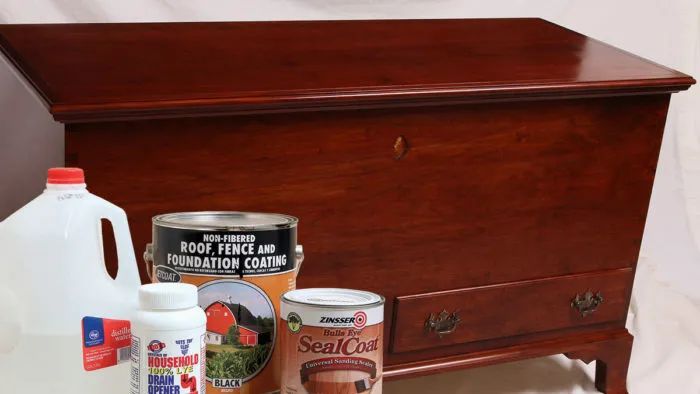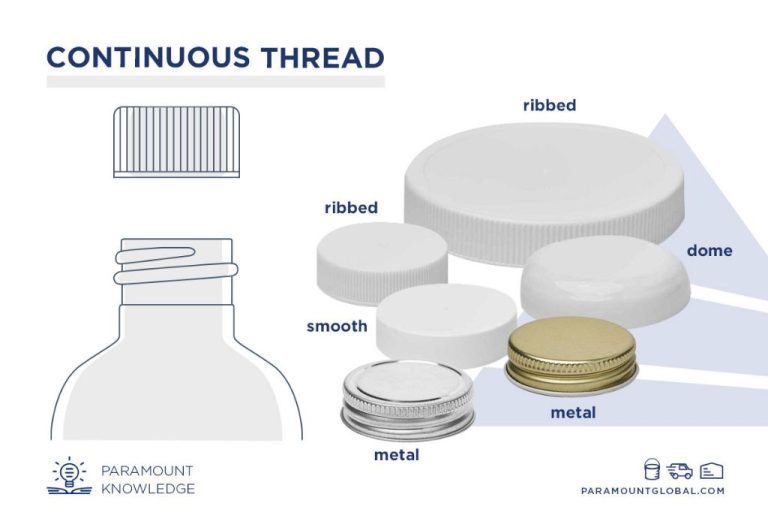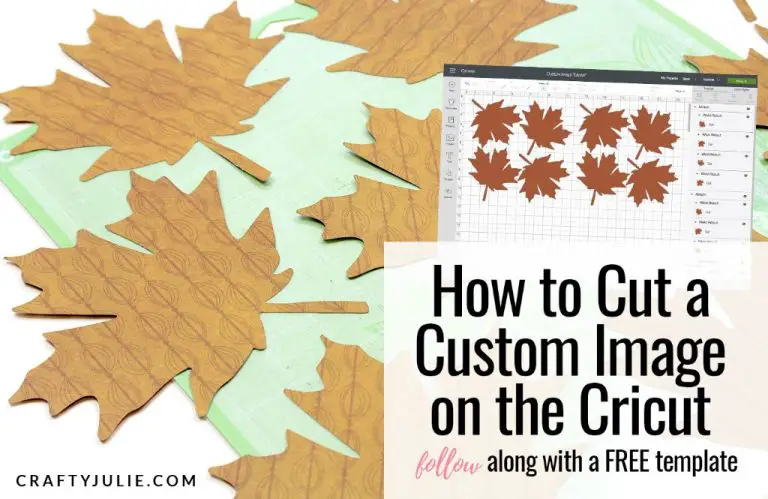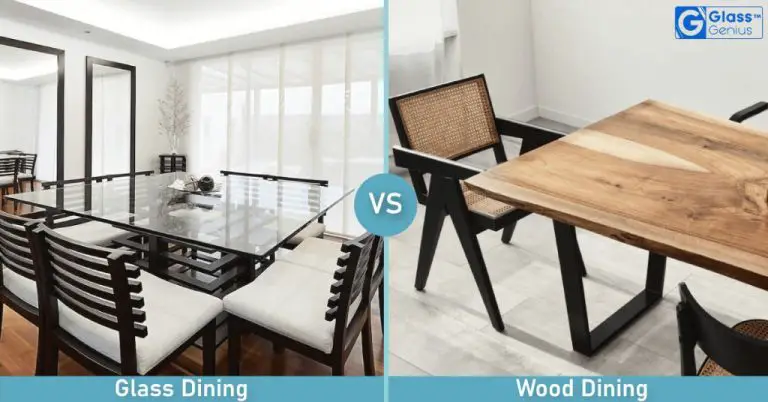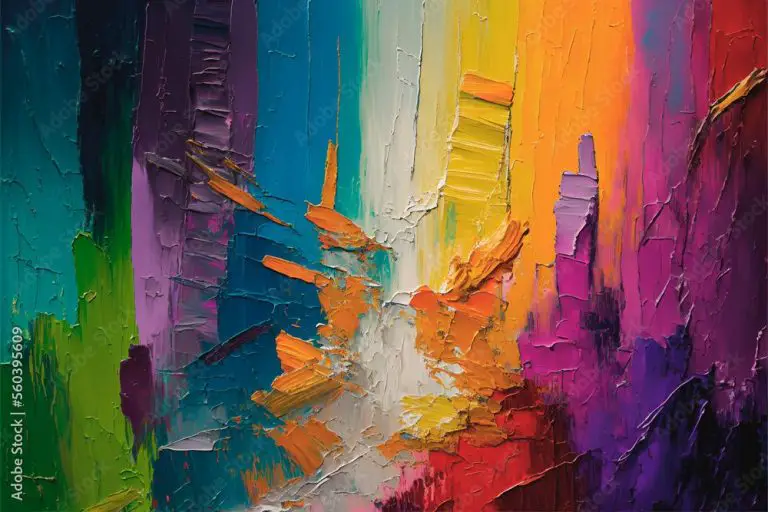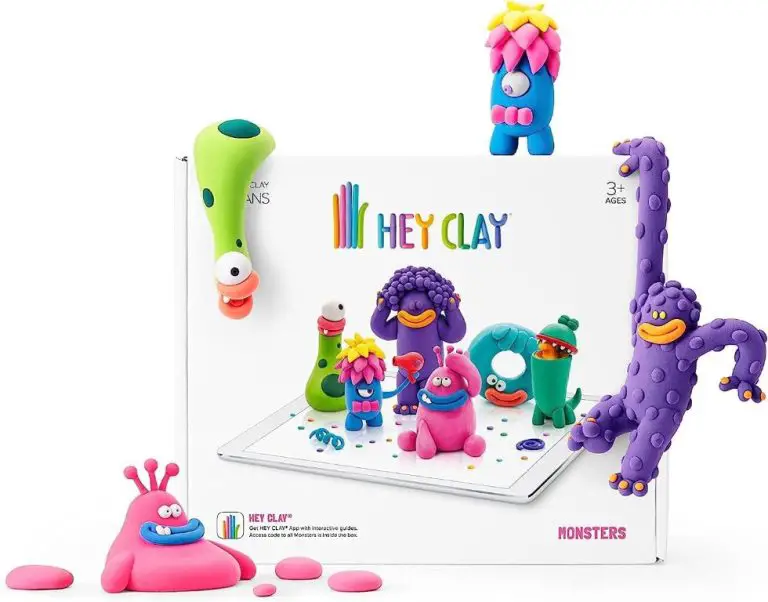What Is The Easiest Air Dry Clay To Work With?
What is Air Dry Clay?
Air dry clay is a modeling material that dries naturally and does not require baking. It is made from natural materials such as clay and cellulose-based binders. Air dry clay hardens through evaporation as the water content inside dissipates over time when exposed to air.
There are several types of air dry clays, including
- Clay based – Made primarily from clay with binders added.
- Paper based – Uses recycled paper and glue as main ingredients.
- Cornstarch based – Uses cornstarch instead of clay.
Air dry clay has several advantages compared to other clays:
- Does not require baking or firing, making it easy to use.
- Dries quickly in 1-7 days depending on thickness.
- Produces professional finishes and can be painted after drying.
- Pottery or ceramic clays require a kiln to permanently harden.
Some drawbacks include:
- Weakness and fragility compared to fired clays.
- Shrinkage and cracking while drying.
- Not reusable once dried.
Overall, air dry clay is a versatile, accessible modeling material great for crafters and hobbyists. Its air drying property provides a convenient alternative to clays needing high heat kilns. With proper handling, it can be used to create durable sculptures, pottery, jewelry, and more.
Sources:
https://shopee.com.my/Air-dry-clay-in-box–large-%2890g-per-box%29-i.78936115.12705120093
Easiest Air Dry Clays for Beginners
When you’re just starting out with air dry clay, it’s best to choose a clay that is easy to work with and forgiving. Some of the easiest air dry clays recommended for beginners include:
-
Crayola Air Dry Clay – This lightweight, non-toxic clay is smooth, pliable and doesn’t harden too quickly, giving beginners plenty of time to sculpt. It’s available in white and terracotta colors. (Source)
-
DAS Air Hardening Modeling Clay – With a soft consistency similar to polymer clay, DAS clay is very easy to shape and mold. It has a slow drying time, low crack factor and smooth finish. (Source)
-
Jovi Air-Dry Modeling Clay – This is a lightweight clay that air dries slowly and has a smooth, easy to work with texture. It’s non-toxic and available in bulk quantities. (Source)
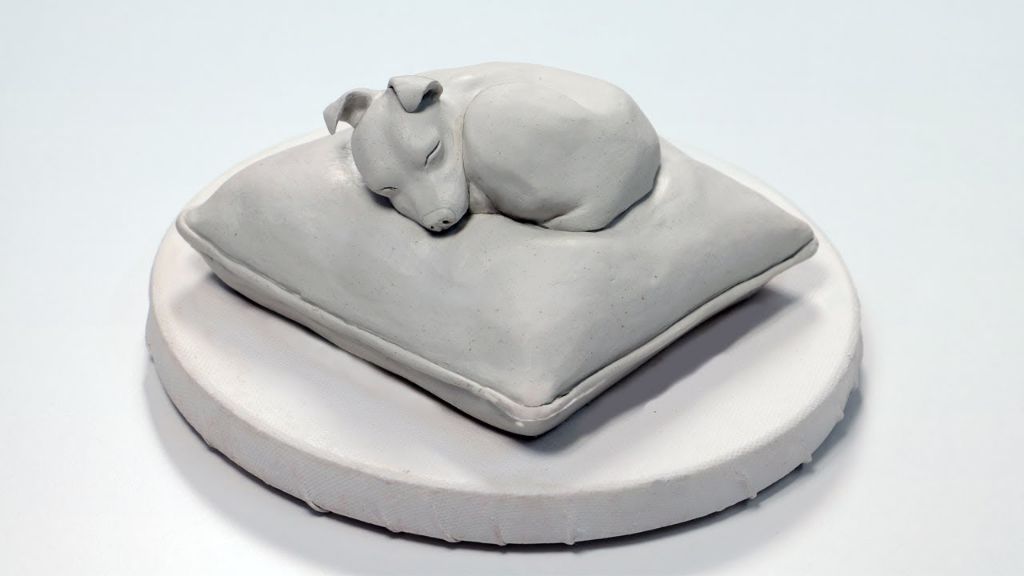
Qualities that make these clays easy for beginners include their soft, pliable texture, slow drying time, and low likelihood of cracking and crumbling as you work with them.
Best Air Dry Clay for Sculpting
When it comes to sculpting detailed pieces, some air dry clays are better suited than others. The top clays for sculpting have properties that make it easier to sculpt finer details and textures.
According to Susie Benes, clays that are smooth, pliable, and have a long working time before drying are ideal for sculpting. She recommends Amaco’s Clayworks as one of the best air dry clays for sculpting. Clayworks has a smooth, silky texture that sculpts beautifully. It also has a long 60-90 minute working time.
Another top choice cited by artists is Premo! Sculpey Air Dry Clay. This clay has a soft, malleable texture that lends itself to sculpting fine details. It has a 1-2 hour working time before drying.
Clays with a coarse or gritty texture can make sculpting difficult. Susie Benes recommends avoiding clays like Original Sculpey for detailed sculpting, as they tend to be too hard and brittle.
When shopping for an air dry clay for sculpting, look for a smooth clay that is pliable and soft in your hands. A long dry time of 60 minutes or more will make sculpting easier.
Most Versatile Air Dry Clays
When choosing an air dry clay, versatility is a key factor for many artists and crafters. Versatile clays are those that can be easily used for a wide range of projects, from figurines to jewelry to home decor items. The most versatile air dry clays excel at sculpting fine details, hold their shape well during drying, and achieve a smooth, even finish.
According to artist Sheila Jadhav, one of the most versatile air dry clays is Mouldit. This clay can be rolled very thin without tearing, making it great for delicate work. It also dries hard and durable, allowing pieces to withstand play and display. Mouldit is an excellent choice for beginners because it has a soft, pliable texture that’s easy to shape. Experienced artists also appreciate its versatility acrossfigurines, beads, boxes, frames, and more.
Other top versatile air dry clays include Crayola Model Magic and ACTIVA Air Dry Clay. Model Magic can be molded, shaped, and sculpted, working well for elementary art projects as well as more advanced creations. ACTIVA features a lightweight formula that makes it easy for kids to handle and shape. It air dries slowly, providing plenty of time for detail work.
When selecting an all-purpose air dry clay, look for one with a smooth consistency that isn’t prone to cracking, yet dries hard and durable. A versatile clay will excel at both free-form sculpting as well as rolling flat for stamped and cut-out shapes. With a clay that handles well for diverse projects, crafters can let their creativity run free.
Strongest Air Dry Clays
When selecting an air dry clay, strength is an important consideration for projects that require durability and structural integrity. Some of the strongest clays that produce pieces that won’t crumble or break easily include:
ACTIVA Activ-Clay is made up of cellulose and gypsum, giving it an exceptional strength and hardness when cured. It’s often recommended for detailed sculptures and jewelry pieces that need to hold their shape over time without crumbling.
Premo! is another top choice cited as one of the strongest air dry clays thanks to its durability once cured. The smooth texture also allows for intricate sculpting and shaping.
For projects that require structural strength like decorative boxes, frames, or standing figurines, a high quality clay is a must. Flimsy clays are more prone to cracking and breaking when weight or pressure is applied. A stronger clay like Activa Activ-Clay or Premo! allow detailed sculptures, jewelry, and decorative pieces to truly last for years to come.
Smoothest Air Dry Clays
When working with air dry clay, a smooth surface finish is often desired for sculpting detailed objects and figures. Some clays naturally result in smoother surfaces than others. According to dollmaker Steven Shipman, “La Doll is the smoothest air-dry clay I’ve ever found.” (source). La Doll Premier clay is specially formulated to minimize cracking and create smooth finishes.
Polymer clays like Original Sculpey are also known for their ability to be smoothed to a glossy finish when raw, making them excellent choices for figures and smooth sculpted items. Premo Sculpey and FIMO polymers provide smooth, strong results when cured.
In addition to choosing a smooth clay, proper finishing techniques help improve surface texture. Sanding cured clay lightly with fine grit sandpaper polishes and smooths the exterior. Acrylic mediums and glazes can provide a glass-like smoothed coating when brushed over baked polymer clay. Using a clay roller tool on raw clay also compresses it and removes imperfections for a more uniform surface.
Best Air Dry Clay for Kids
When choosing an air dry clay for kids, it’s important to select one that is non-toxic and specifically designed for children. According to Potter’s Passion, Crayola Air Dry Clay is the best air dry clay for kids. Crayola’s air dry clay is non-toxic and is not made from any materials that could be potentially harmful if ingested. It also air dries smoothly without cracking.
Crayola offers age recommendations on their air dry clay products. Their regular Crayola Air Dry Clay is recommended for ages 6 and up. Crayola also makes Model Magic, a lightweight air dry clay for kids ages 4 and up. Model Magic is an even safer choice for younger kids because it’s non-toxic, gluten-free, and contains no dairy, nuts, or lactose.
According to Little Red Window, air dry clays from brands like Cra-Z-Art and Sargent Art are also great non-toxic, kid-friendly options. When working with kids, it’s best to choose air dry clays that don’t require any baking or heat to set. Pure air dry clays are the safest choice.
Tips for Working with Air Dry Clay
When working with air dry clay, there are some useful tips to follow in order to get the best results.
Storage
Air dry clay should be stored in an airtight container or bag when not in use to prevent it from drying out [1]. If the clay does start to dry, add a small amount of water and knead it to restore flexibility.
Conditioning
Kneading the clay before use will make it soft and pliable for shaping. To condition air dry clay, knead it firmly with your fingers until it is smooth and free of lumps or cracks [2].
Tools
Using proper sculpting tools like loop tools, ribbon tools, and shaping tools will make shaping and smoothing the clay easier. Tools allow you to create fine details and textures [3].
Techniques
Work on a flat, nonstick surface and avoid overhandling the clay. Allow pieces to dry fully before painting or varnishing. Bake polymer clay attachments to air dry clay separately. Sand rough areas gently with fine sandpaper before painting [2].
Air Dry Clay Brand Comparison
There are several popular brands of air dry clay that are commonly used by artists and crafters. Some of the top brands include Crayola Model Magic, Activ-Clay, Das, Fimo Air, and Makins Clay. Each brand has its own characteristics that make it better suited for certain projects over others.
Crayola Model Magic is one of the most widely available air dry clay brands. It has a soft, lightweight texture that is easy to mold and shape. Model Magic dries to a strong, durable finish and can be painted once dry. It’s a good choice for beginners and kids. However, it can be messy and stick to surfaces during sculpting. Model Magic also takes longer to fully harden compared to other brands. https://boards.fireden.net/ic/thread/3492301/
Activ-Clay is known for its smooth, elastic texture that doesn’t stick to hands or tools. It dries quickly to a hard, sandable surface. This makes it great for detailed sculpting and sanding for a polished finish. The fast drying time can also be a downside when more sculpting time is needed. Activ-Clay can also crack more easily than brands like Das or Makins Clay if sculptures are not hollowed out.
Das air dry clay has high strength and durability once dry. It has a dense texture and can be more difficult to mold detailed shapes compared to clays like Model Magic. However, Das holds fine details well like wrinkles and textures. It is sandable and takes acrylic paints once fully cured. Das is a good choice for sculpture projects that require high durability. The air dry formula means it doesn’t require baking.
Overall, factors like drying time, durability, molding texture, and price should be considered when choosing an air dry clay brand for a project. Testing different brands can help identify personal preferences for sculpting and handling.
FAQs About Air Dry Clay
Air dry clay is a modeling material that dries into a hard, lightweight finish through evaporating water rather than high heat. It’s an accessible, versatile clay option popular for crafts and kids’ projects. However, first-time users often have questions.
Here are answers to some frequently asked questions about working with air dry clay:
What should I use to color or paint air dry clay?
Acrylic paint works best for coloring air dry clay and provides vibrant, durable results. Avoid using oil-based paints, which may not adhere well. Watercolors can work but may fade over time. For convenience, consider choosing an air dry clay that already comes in your desired color, like Crayola’s Model Magic line.
How do I make air dry clay smooth?
If your sculpted clay piece has unwanted texture or bumps, let it dry completely first. Then you can sand it smooth with fine grit sandpaper. Rubbing alcohol can also help smooth imperfections. Adding a thin layer of liquid clay on top is another smoothing technique.
Why did my air dry clay crack?
Cracking happens if the clay dried too quickly or unevenly. Avoid cracks by drying it slowly at room temperature out of direct sun. Make sure clay pieces are solid, not hollow, which makes them prone to cracking. Cracks can be fixed with liquid clay or acrylic glue once fully dry.
Can you reuse or rewet air dry clay?
Once air dry clay has dried, it cannot be rehydrated or reused. For reusable clay, choose polymer or oven-bake clay instead. However, you can attach dried air dry clay pieces together with liquid clay or glue.
Is air dry clay waterproof?
Air dry clay is not waterproof once dry. Avoid prolonged exposure to water which can cause damage over time. If needed, apply a sealant like polyurethane or acrylic varnish for water resistance.

